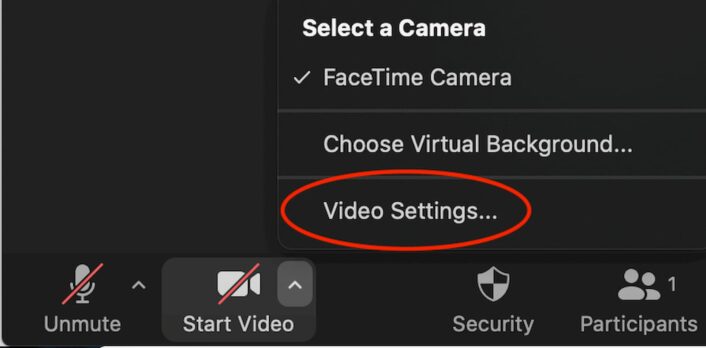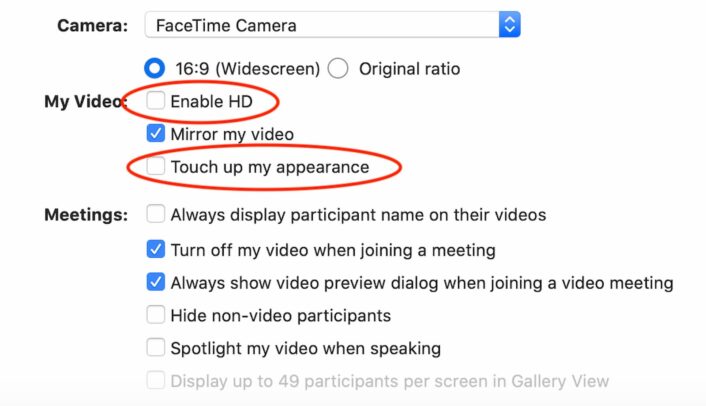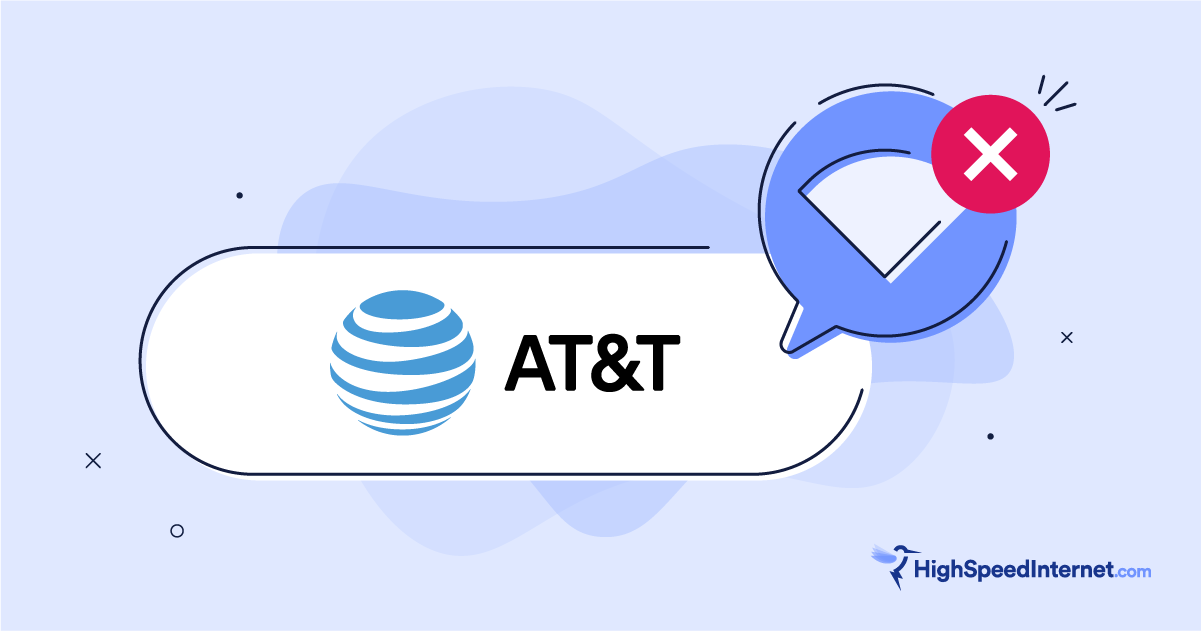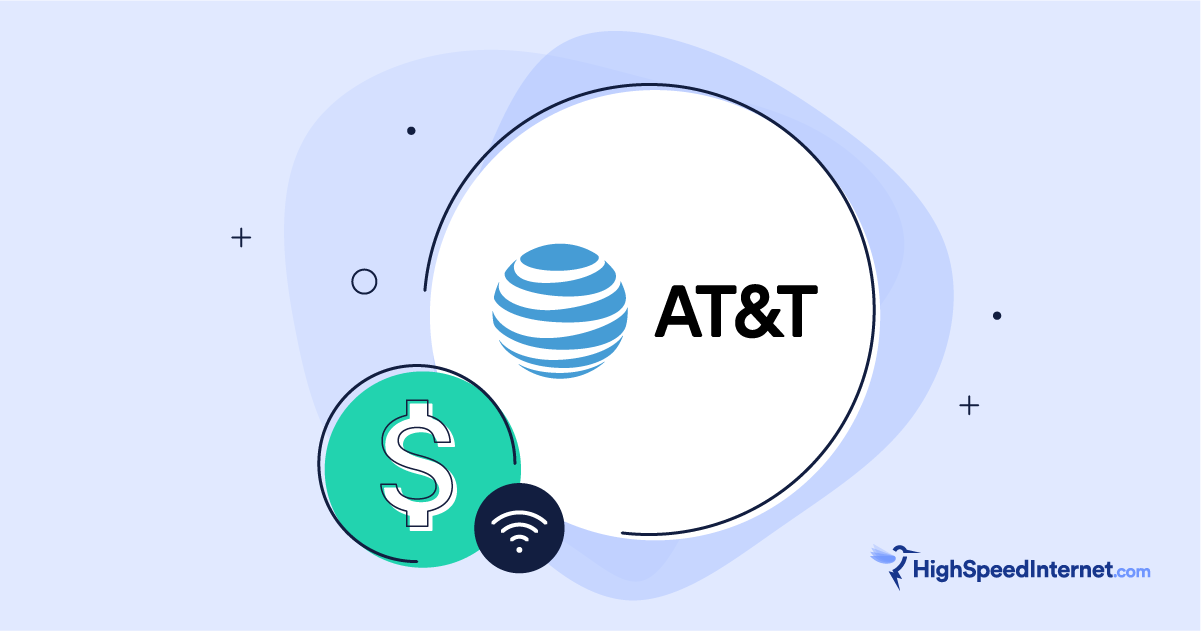How Much Data Does Zoom Use?
Tips and tricks for using less data on Zoom calls
Nov 5, 2025 | Share
Brand Guides
Using Zoom uses around 900MB of data per hour, which is almost a full GB of data. If you make a lot of Zoom calls or attend multiple meetings in a day, that can really add up.
But that isn’t too much data damage if you’re only on Zoom once or twice a week, especially if you are logging on from a computer instead of a phone or tablet using mobile data. And you can easily limit your data usage by reducing your video quality or turning off your video during calls altogether.
We calculated how much data Zoom requires and worked out some methods to conserve data on Zoom. Read on for the ultimate guide to managing your data usage on Zoom.
How much data does Zoom use?
Zoom uses an average of 888MB in an hour-long video call with three or more participants. But you may end up using more or less data depending on what type of calls you’re making and how long you’re on the call.
We did some calculations based on Zoom’s list of speed requirements and figured out how much data different Zoom tasks will cost you:
One-on-one Zoom calls
| Activity | Amount of data used |
|---|---|
| 1:1 call in “high-quality video” (480p) | 540MB/hr. |
| 1:1 video call in 720p | 1.08GB/hr. |
| 1:1 video call in 1080p | 1.62GB/hr. |
Making a one-on-one call over Zoom will use less data than making a group call. Since there are fewer people on the call, you’ll be using less data overall to download video and audio streams from each participant.
However, you can still put a hefty dent in your monthly data cap with one-on-one calls—especially if your video quality is set to 720p or 1080p. If you’re worried about using too much data, switch off the “Enable HD” feature in your Zoom video settings to reduce your video quality. Or switch off your video entirely!
Group Zoom calls
| Activity | Amount of data used |
|---|---|
| Group call in “high-quality video” (480p) | 810MB/hr. |
| Group video call in 720p | 1.35GB/hr. |
| Group video call in 1080p | 2.475GB/hr. |
Group calls on Zoom understandably take up the most data—the more people you have on your Zoom call, the more data it will use. Even on the lowest video resolution, a call with three or more people will use up at least 50% more data per hour than a one-on-one call.
That won’t be a problem for many users, especially if you have an unlimited-data internet plan. But you may want to reduce your video quality from HD to SD if you’re making multiple calls a day or sharing your Wi-Fi with a lot of other users.
If you do have strict data limits, you can use less data by setting your screen to Speaker mode (so you only see one screen at a time). Also, try minimizing the size of the video screen.
Audio-only VoIP and screen sharing on Zoom
| Activity | Amount of data used |
|---|---|
| Audio VoIP | 27–36MB/hr. |
| Screen sharing | 22.5–67.5MB/hr. |
Audio-only calls and screen sharing on Zoom use the least amount of data. Sharing your screen only costs you between 22 and 67MB per hour, while an audio calls runs around 3 MB per hour of data. Keep in mind—you may end up using more data if other participants have their video turned on in a Zoom call.
But switching Zoom video off is definitely the best way to reduce the amount of data you’re using. Turning off your video also improves your connection if your Wi-Fi is slow.
Best internet plans for Zoom
| Plan | Price | Data cap | Speed | Order online |
|---|---|---|---|---|
| Xfinity 500 Mbps | $55/mo.* | Unlimited | 500Mbps | |
| Google Fiber Core 1 Gig | $70.00/mo.† | Unlimited | 1,000Mbps | View Plan |
| EarthLink Fiber 100 | $39.95/mo.‡ | Unlimited | 100Mbps | |
| Astound 300 Mbps Internet | $20.00/mo.§ | Unlimited | 300Mbps | View Plan |
| AT&T Fiber Internet 300 | $55/mo.║ | Unlimited | 300Mbps |
Data as of 11/05/2025. See disclaimers.
The best internet plans for Zoom gives you unlimited data and at least 100Mbps of download speed.
Cable providers Astound and Xfinity both offer great plans. Astound starts at very low prices, but watch out for price hikes after promotional periods end. Xfinity also has price hikes, but offers a larger nationwide network and unlimited data for its users.
AT&T’s Fiber Internet 300 plan is a good deal too, and we love that its upload and download speeds are symmetrical. At $55 per month, it delivers fabulous speeds over a super reliable, fiber-optic network. In general, we recommend fiber internet for anyone working from home if they can get it at their address.
Ready for unlimited internet data?
If you’re hungry for more data to Zoom in HD, run a search below to see if there are internet providers with unlimited data options in your area.
How to reduce data usage on Zoom
You can reduce the amount of data you use on Zoom by disabling HD video or limiting Zoom to audio-only. Read on for more tips and tricks to preserve your data while making Zoom calls.
Switch off “Enable HD”
You can switch off HD resolution to vastly reduce the amount of data you use per hour on a Zoom call. Click to the Video Settings menu—you can find it by clicking the small, upward arrow next to the button for Start Video. Once you’re in the menu, click off the boxes for “Enable HD” and “Touch up my appearance.”


Switch off your video entirely
The best thing you can do to use less data on Zoom is to make audio-only calls. To turn off your video, click the Start Video button in the bottom left corner of your screen. Your video will be turned off when there’s a red line through the button.
You’ll use up data if other participants on your call have their videos switched on. But switching off your own video will lower the total amount of data you use.
Call into Zoom by phone
You can call into a Zoom meeting over the phone if you don’t want to use any data at all. You’ll find the phone number in the invitation you got from your host, Punch that in, and then enter your meeting ID and passcode.
You won’t be able to share your screen or show video, of course, but this feature gives you access if you’re all out of data—or don’t have Wi-Fi at all.
If you’re a meeting host, you can check which call-in numbers are available for your guests on this list of international numbers. Make sure you’re logged into your account. You can add toll-free numbers if you pay extra for audio-conferencing capability.
Need Zoom on video? Get an unlimited data plan
Most internet providers give you the option to buy more data if your current data cap is too low. Cox and Sparklight are examples. Other provider, including Spectrum, Verizon Fios, and AT&T Fiber, give you unlimited data without charging more.
Is unlimited data in your future?
If you’re done with data dilemmas, enter your zip code below for a list of providers in your area.
How much data should you budget for Zoom?
You should aim for at least 500GB of data per month on your internet plan if you use Zoom regularly.
Many internet providers give you at least 1TB of data per month. That’s plenty, so you won’t have to be too cautious about overusing Zoom and going over your monthly data cap. You’d have to spend more than 1,100 hours on Zoom to use up all of that data!
Take a look at the table below to see how much data you get from different internet providers.
Pro tip:
Not sure which providers have data caps and which don’t? Take a look at our data caps guide to find out.
How much data do you get from your internet provider?
| Provider | Data caps | Overage fee | View plans |
|---|---|---|---|
| Xfinity | Unlimited data | N/A | |
| AT&T | Unlimited data | N/A | |
| Spectrum | Unlimited data | N/A | |
| EarthLink | Unlimited data | N/A | |
| CenturyLink | Unlimited data | N/A | |
| Xtream | 400GB–Unlimited, depending on your plan | $10 per 50 GB | |
| Astound | Unlimited data on most plans | N/A | View Plans |
| Cox | 1.28TB/mo. | $10 per 50 GB | |
| HughesNet | Unlimited standard data | N/A | |
| Viasat | Unlimited standard data | N/A |
Data effective 11/05/2025. Offers and availability may vary by location and are subject to change.
Some internet packages (including most fiber internet packages) give you unlimited data. That means you can make as many Zoom calls as you like.
But you’ll need to be cautious if you’re on a lower-cost plan, have satellite internet, or use your mobile data to talk on Zoom over your cell phone. Some of the cheapest cable internet plans give you only 400GB per month. Most satellite packages have even lower data caps, so even a handful of Zoom calls can put you over your monthly limit.
Having 500GB of data per month will give you a solid buffer so you can make daily Zoom calls and do all the other stuff you love to do online.
What happens if you go over your data limit?
Going over your data limit leads to overage fees added to your monthly bill—usually $10 for every 50 GB you use. Satellite internet providers don’t impose fees, but they will slow down your internet speed if you exceed your data cap.
Data limits are also known as “data caps” or a “data allowance.” If your internet provider gives you unlimited data, then you won’t have to worry about exceeding your data cap.
Is it time to switch internet providers?
Put in your zip code below to find providers that might give you unlimited data in your area.
Zoom FAQ
Does Zoom use data?
Yes, Zoom uses internet data. For it to work you need an internet connection over broadband internet or through a mobile data plan. You can call into Zoom using a phone, which won’t require data usage. But then you won’t be able to share your screen, turn on your video, or use most of Zoom’s other features.
How much data does Zoom use per hour?
Zoom uses about 900MB of data per hour, depending on what you’re doing. One-on-one video calls us an average of 540MB–1.62 GB per hour (with more data used in HD). Group calls with everyone’s video turned on takes up 810MB–2.475GB per hour.
How much mobile data does Zoom use?
Zoom uses the same amount of data whether you’re on a mobile data plan or a broadband internet plan.
You should be cautious of how much time you spend on Zoom if you’re connecting over a mobile data plan with your cellphone, since many cellular plans give you significantly less data than home internet plans over a fiber, cable, or DSL connection. Even if you have a cellular package that gives you unlimited data, using too much in a month could lead to drastically reduced speeds.
The best fix? Turn off your video on Zoom and stick to audio-only calls.
How much bandwidth does Zoom use?
According to Zoom’s bandwidth requirements, Zoom requires a minimum download speed of 3Mbps and minimum upload speed of 0.6–1Mbps. Virutally every plan out there will offer these speeds, but you could run into trouble if multiple devices are connecting to Zoom at the same time. You can make sure you have enough speed using our free speed test.
Your Zoom connection will be a lot smoother with less buffering and fewer delays if you have more bandwidth. But you can still get by on a slow connection by disabling the “Enable HD” function or switching off your video altogether.
Does Zoom work without Wi-Fi?
Zoom works without Wi-Fi if you use your mobile data, plug your computer into your modem or router through Ethernet, or call into a Zoom meeting on your phone.
You can access a Zoom meeting with the app on your cellphone if you don’t have Wi-Fi access at your house. Simply turn on your mobile data and you’ll be all set. Another option is to plug your computer directly into your router or modem using an Ethernet cable. That way you’ll get an internet connection without needing to log into your home Wi-Fi account.
You can also call into a Zoom meeting using your phone. Calling in will give you access to a Zoom webinar or video call even without an internet connection. But it’s audio-only, so you won’t be able to see anyone’s video feed or see if someone is sharing their screen.
To enter a Zoom call by phone, look for the correct phone number on your invite and enter the meeting’s ID. You also may need to enter a passcode, depending on how the host has set up the call.
Disclaimers
Best internet plans for Zoom
*For 12 months, no term contract. Restrictions apply. Autopay w/ stored bank account and paperless billing req’d. Taxes and fees extra and subj. to change. Reduced speeds after 30 GB of usage/line. Data thresholds may vary.
†Plus taxes and fees. Upload/download speed and device streaming claims are based on maximum wired speeds. Actual Internet speeds are not guaranteed and may vary based on factors such as hardware and software limitations, latency, packet loss, etc.
‡with a 12 month contract. Actual speeds may vary depending on the distance, line-quality, phone service provider, and number of devices used concurrently. All speeds not available in all areas. DSL and Fiber Plans require a 12 month contract and may have a cancellation fee to be determined upon cancellation
§No contract required. 24 Month Internet Pricing. Equipment priced separately. Includes $5 discount w/ ebill & autopay. Observed speeds may vary. Excludes surcharges and fees. New residential customers only.
║Plus taxes. Price after $5/mo Autopay & Paperless bill discount (w/in 2 bills). Monthly State Cost Recovery Charge in TX, OH, NV applies.
Author - Peter Holslin
Peter Holslin has more than a decade of experience working as a writer and freelance journalist. He graduated with a BA in liberal arts and journalism from New York City’s The New School University in 2008 and went on to contribute to publications like Rolling Stone, VICE, BuzzFeed, and countless others. At HighSpeedInternet.com, he focuses on covering 5G, nerding out about frequency bands and virtual RAN, and producing reviews on emerging services like 5G home internet. He also writes about internet providers and packages, hotspots, VPNs, and Wi-Fi troubleshooting.
Editor - Rebecca Lee Armstrong
Rebecca Lee Armstrong has more than six years of experience writing about tech and the internet, with a specialty in hands-on testing. She started writing tech product and service reviews while finishing her BFA in creative writing at the University of Evansville and has found her niche writing about home networking, routers, and internet access at HighSpeedInternet.com. Her work has also been featured on Top Ten Reviews, MacSources, Windows Central, Android Central, Best Company, TechnoFAQ, and iMore.




